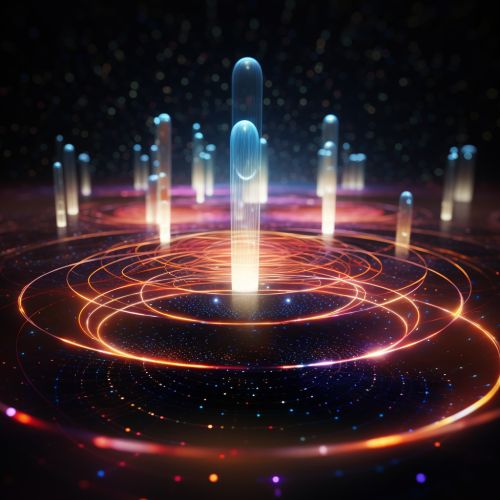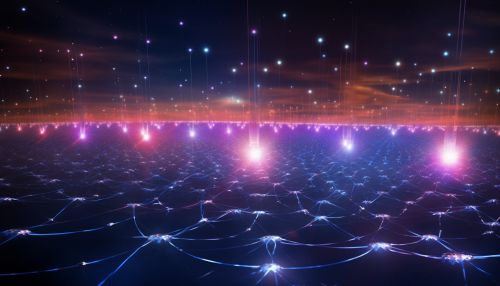Shor Code
Introduction
The Shor code, named after Peter Shor, is a quantum error correction code that is used to protect quantum information from errors due to decoherence and other quantum noise. Quantum error correction is essential for the practical realization of quantum computers. The Shor code is a nine-qubit code, capable of correcting arbitrary single-qubit errors. This includes both bit flip and phase flip errors, which are the two primary types of errors that can occur in quantum computing.
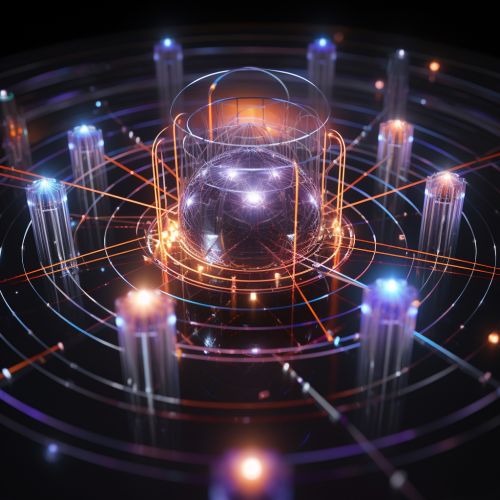
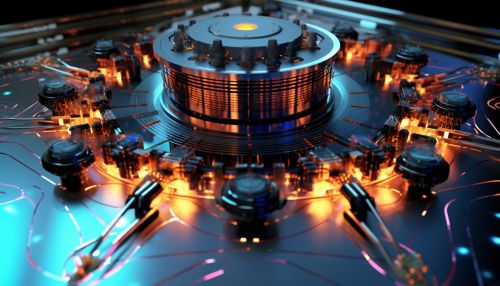
Quantum Error Correction
Quantum error correction is a set of methods designed to correct errors that occur in quantum computing systems. These errors can be caused by decoherence, which is the loss of information from a system to its environment, as well as other types of quantum noise. Quantum error correction is a crucial component of quantum computing, as it allows quantum information to be reliably stored and processed despite the presence of such errors.
In classical computing, error correction codes are used to protect information from errors caused by noise. These codes work by adding redundancy to the information, allowing errors to be detected and corrected. Quantum error correction codes, such as the Shor code, work in a similar way, but they must also deal with the unique challenges posed by quantum information. This includes the no-cloning theorem, which states that quantum information cannot be copied, and the fact that measuring a quantum state can change it.
The Shor Code
The Shor code is a type of quantum error correction code that was developed by Peter Shor in 1995. It is a nine-qubit code, meaning that it encodes a single qubit of quantum information into a state of nine qubits. This redundancy allows the code to correct arbitrary single-qubit errors, including both bit flip and phase flip errors.
A bit flip error is similar to a bit flip error in classical computing, where a 0 changes to a 1 or vice versa. A phase flip error, on the other hand, is unique to quantum computing. It involves a change in the phase of a quantum state, which can affect the outcome of quantum computations.
The Shor code corrects these errors by encoding a single qubit of quantum information in a superposition of eight different states of nine qubits. If a bit flip or phase flip error occurs on any of the nine qubits, the resulting state will be orthogonal to the eight code states. This allows the error to be detected and corrected without measuring the encoded qubit, which would destroy the quantum information.
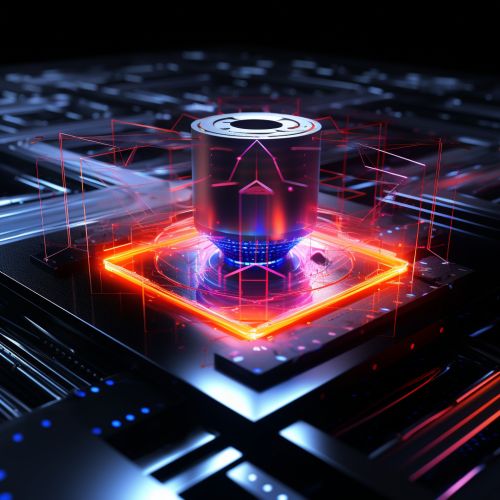

Implementation of the Shor Code
The implementation of the Shor code in a quantum computer involves several steps. First, the qubit to be encoded is prepared in a certain state. Then, eight additional qubits are prepared in a specific state that depends on the state of the original qubit. This creates a superposition of eight different states of nine qubits, which is the encoded state.
To detect and correct errors, a series of quantum gates are applied to the encoded state. These gates are designed to move any errors from the encoded qubit to ancillary qubits, which can be measured without destroying the quantum information. If an error is detected, it can be corrected by applying appropriate quantum gates to the encoded state.
The implementation of the Shor code requires a high degree of control over the quantum states of the qubits and the quantum gates that are applied to them. This is a significant challenge, as it requires maintaining coherence in a system of nine qubits and accurately performing a series of complex quantum operations.
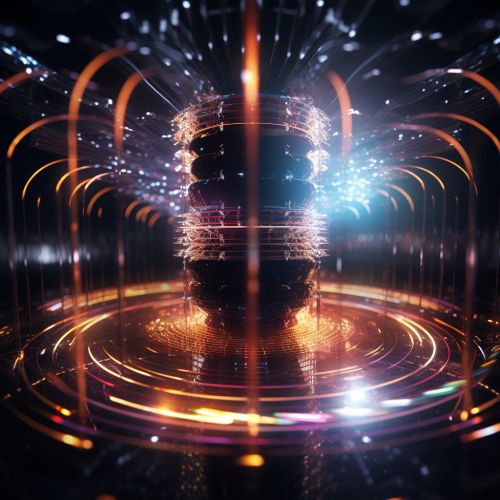
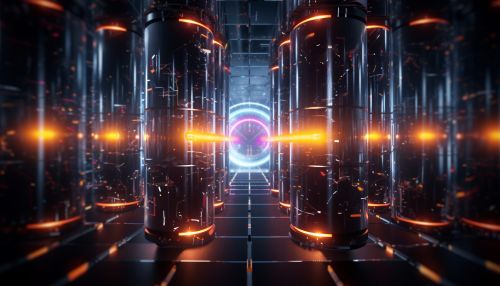
Significance and Applications
The Shor code is significant because it was the first quantum error correction code that was capable of correcting arbitrary single-qubit errors. This demonstrated that quantum error correction was possible, despite the unique challenges posed by quantum information.
The Shor code and other quantum error correction codes are essential for the practical realization of quantum computers. Without error correction, quantum information would be quickly lost to decoherence and other quantum noise, making reliable quantum computation impossible.
In addition to quantum computing, the Shor code and other quantum error correction codes have potential applications in quantum communication and quantum cryptography. These fields involve the transmission of quantum information over long distances, which requires robust error correction to protect against loss and corruption of the information.
